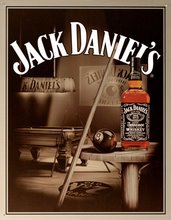 A common and safe blue food dye might provide the best treatment available so far for spinal cord injuries, U.S. researchers reported on Monday.
A common and safe blue food dye might provide the best treatment available so far for spinal cord injuries, U.S. researchers reported on Monday.Tests in rats showed the dye, called brilliant blue G, a close relative of the common food dye Blue no. 1, crossed into the spinal fluid and helped block inflammation, Maiken Nedergaard of the University of Rochester Medical Center and colleagues reported.
"We have no effective treatment now for patients who have an acute spinal cord injury," Dr. Steven Goldman, who worked on the study, said in a statement.
When nerve cells in the brain or spine are damaged, they often release a spurt of chemicals that causes nearby cells to die. No one is sure why, and stopping this process is key to preventing the damage that continues to build after a stroke or spinal cord injury.
One of the chemicals is ATP. Nedergaard's team looked for something that would interfere with this and found the blue dye, which they called BBG, would do this via the P2X7R receptor or doorway.
"We found that IV administration of the P2X7R inhibitor BBG significantly reduced the severity of spinal cord damage without any evident toxicity," they wrote. "Remarkably, BBG is a derivative of the widely used food additive FD&C Blue number 1. Currently, more than 1 million pounds of FD&C blue dye No. 1 are consumed yearly in the United States, corresponding to a daily intake of 16 mg per person."








No comments:
Post a Comment